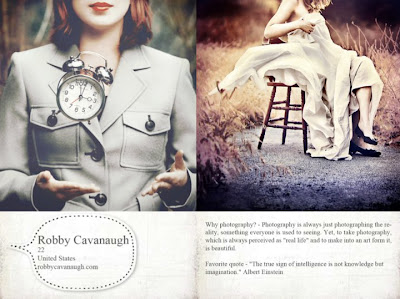After that explanation, we moved on to work with Munsell chips to identify which color of the chip belongs to a grid. This is an exercise developed for fine art or graphic design students to have a better understanding of Munsell color system and the overall color theory. The next door fine art professor walked in at this moment, looked at our group activity, and said "hey, we used to do this when we were in school back in the 80s and 90s! But then the university took it out because Art department doesn't have the budget to provide this, and there's no way you would ask a student to purchase $60 of Munsel book with exercises just to prove that colors can be defined scientifically." How interesting to find out about it!
Then we moved on to glazing technique....
Turns out I was the only one that brought acrylic paints, brushes (never ever use watercolor brushes for acrylic paints, you will cry afterwards...Because it damages the very soft tips of watercolor brushes), and water bucket. So Kat used my canvas to demonstrate the GLAZING technique that she was talking about last week, but she forgot to bring her materials due to the fact that she already carried a lot of materials to class.
To be quite honest with you, I think she was the only guest speaker that we had in Art Department that brought a lot of materials for 2 workshop sessions!!! This showed that how much she loves what she does as a graphic designer/design educator, and she is dedicated to teach others of her passion. I highly respect her on that.
Back to the topic....So she demonstrated how glazing was done:
1) put a layer of mid-tone sepia (brown) paint on the white canvas. Use water a lot for thinning the paint.
2) use paper towel to wipe away the thin and watered-down paint for highlight (Kat asked me what I wanted to paint for the canvas, and I said cloud, so that was what she did).
3) clean the brush, get blue + yellow + white paints on paper palette, mix a tiny bit of yellow with blue separately (don't mix with the blue puddle of paint). Add water to the mixed color, and then paint on the ocean + clouds where the shadows are at.
4) add more white for mid-tone in clouds.
5) keep mixing colors and enhance highlights or shadows.
The key to all this is the first layer got to be dried, like completely dried before you apply another color or same color but different tint/shade/tone. Otherwise you'll have a muddy painting! We don't want any muddy painting here. We want it to be clear and layered acrylic painting!
Like the following:

Close up

Kat Fon's website:
http://www.katfon.com/index.html




















